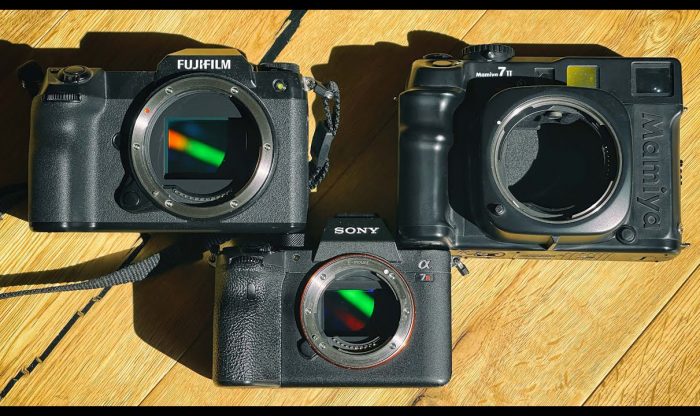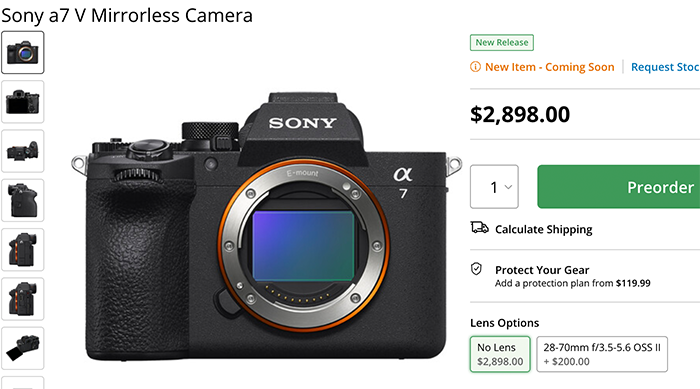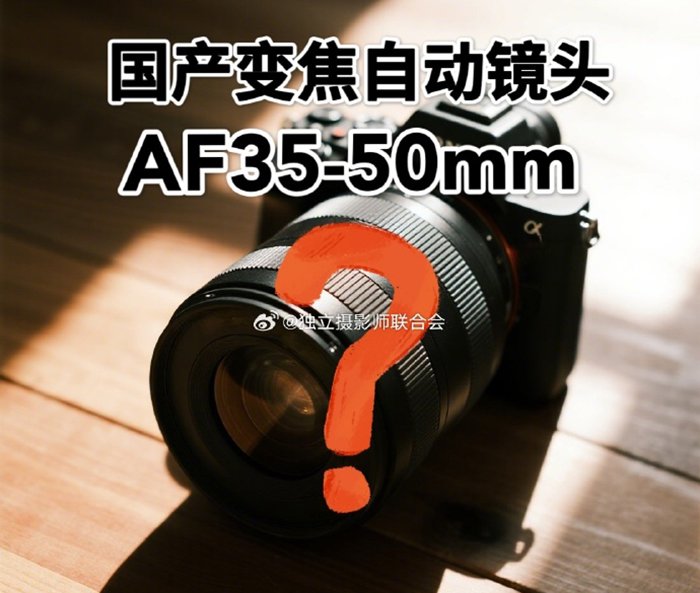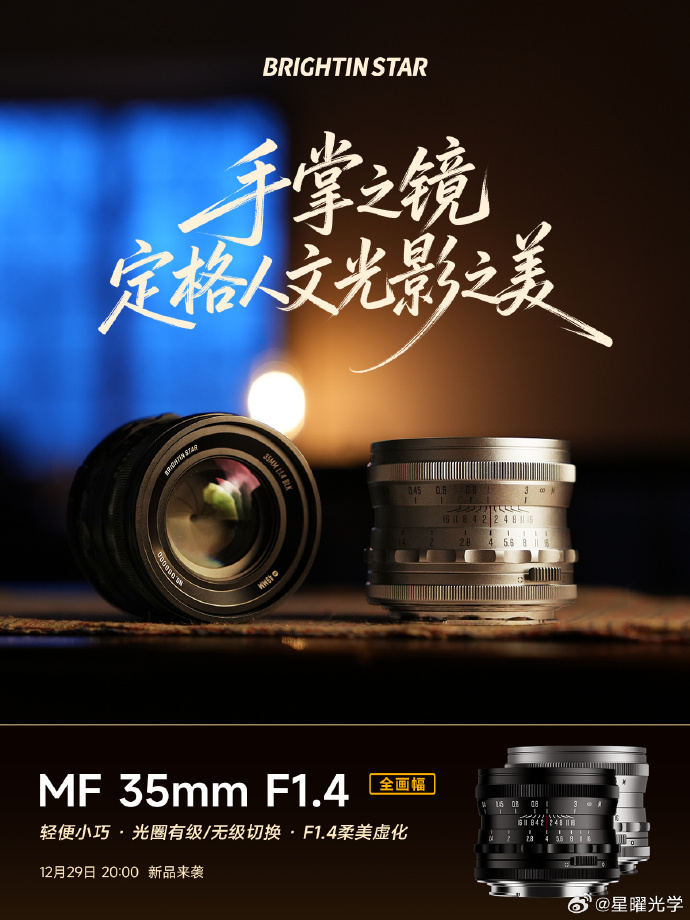
If you shoot with Sony Alpha gear, you know the frustration of “almost perfect” shots: Maybe it’s an A7R V landscape that loses its bite after a heavy crop, an A7S III low-light frame that lacks the resolution for a gallery print, a wildlife shot that came out just a bit too soft, or massive 10-bit XAVC S files that are quickly exhausting your SSD storage. None of these are capture failures — they’re post-production bottlenecks. Winxvideo AI serves as a powerful post-production extension of Sony’s BIONZ XR processing limits.
Limited-Time Offer for SAR Readers
For a limited time, the SAR community can get a lifetime license of Winxvideo AI at a 55% discount ($39.95, down from $89.95). This includes unlimited free updates and 30-day money-back guarantee—a solid utility for anyone needing to enhance blurry and noisy shots or manage massive file archives.
55% off Winxvideo AI lifetime license – one-time payment, free updates forever >>
A Comprehensive AI Toolkit for the Sony Ecosystem
Winxvideo AI isn’t a one-trick pony; it’s a full “Image + Video + Audio” toolkit that combines cutting-edge AI enhancement tools with a professional-grade converter, compressor, downloader, recorder, and editor.
For Sony users, this makes it particularly useful as a bridge between raw capture and delivery. Whether you’re working with older A-mount photos, high-resolution Alpha RAWs, or large 10-bit XAVC S clips from FX-series cameras, Winxvideo AI is designed to handle batch-heavy, real-world workflows.
Image AI: Detail Reconstruction without the “Plastic” Look
The biggest hurdle with AI-enhanced images is often that “plastic” look—waxy skin, smeared foliage, or over-sharpened edges. Instead of one-size-fits-all approach, Winxvideo AI uses four tailored models—GenDetail V3, Real Smooth V3, Zyxt, and Anime—to ensure that each enhancement based on content and keep the shot remain faithful to the Sony sensor’s look. It handles everything from high-bitrate Sony RAW files to HEIC and TIFF with full batch processing support.
Upscale to 10K for Crops and Large Prints
Winxvideo AI supports up to 4X upscaling, enabling outputs up to 10K resolution while maintaining structural integrity. This can be useful when rescuing aggressive cropping or preparing large-scale prints from low-resolution captures— for example, extending a 12MP A7S III still or recovering a cropped A7R V frame.

Image showcase 1: A Sony RAW file upscaled to 10K via GenDetail V3, revealing the bee’s delicate antennae and intricate floral veins with lifelike clarity.
Sharpen Details and Fix Soft Shots
For images that missed focus by a small margin, the Image AI can reconstruct lost edges and restore fine structures, keeping the fine structure in fur, feathers, and foliage that usually turn to “mush” in standard upscalers. This is especially helpful for wildlife or sports shooters where reshooting isn’t an option.

Image showcase 2: Take a look at the bird’s feather details — blurred in the image on the left and enhanced with fine texture on the right using Winxvideo AI.
High-ISO Denoising without Over-Smoothing
When capturing handheld blue-hour cityscapes, or fast-action indoor sports, high ISO is unavoidable. Even on sensors like the α7S III or FX30, deep shadows can suffer from grain crawl or blotchy skin tones. Winxvideo AI bypasses the waxy in-camera smoothing. It can denoise photo and maintain real skin textures, natural grain, and tonal depth.

Image showcase 3: A Sony A7 series night shot processed with Real Smooth V3, showing cleaner shadow areas while preserving organic textures.
Face Restoration and Photo Colorization
The tailored AI models can fix soft-focus faces in older family archives with every detail refined and accurately colorize black-and-white photos from the early Alpha era with surprising realism.

Image showcase 4: A before-and-after restoration of the portrait, illustrating reduced blur and improved facial detail, with clearly defined eyelashes and sharper pupils after processing with Winxvideo AI.
AI-Powered Video Toolkit: A Batch-Processing Powerhouse for XAVC S Enhancement and Processing
For video shooters handling everything from 10-bit vlogs to high-speed action, Winxvideo AI addresses the “storage vs. quality” dilemma. It combines a high-efficiency AI enhancement engine with a professional-grade video toolkit, all supporting batch processing to handle entire shoot days at once.
- AI Upscaling & Blur Fix: Older1080p/720p/480p footages, high-ISO clips, or slightly soft recordings can be upscaled to 4K while improving edge clarity and reducing shadow noise. This is particularly helpful when integrating legacy footage into modern 4K standards.
- Smooth out Motion and Shaky Clips: Acts as a great supplement to Sony’s Active Mode by removing micro-jitters in handheld telephoto footage. Includes AI frame interpolation to turn 24fps cinematic footage into fluid 60/120fps without the unnatural “soap opera effect”.
- GPU-Accelerated Transcoding: Converts XAVC S/HS, 10-bit 4:2:2 into widely supported formats (MP4, MOV, MKV, HEVC, H.264) for social media or client previews, with full GPU acceleration.
- Storage-Friendly Compression (90% Smaller): Shrinks massive 4K 10-bit archives by up to 90%, keeping your high-quality library intact without constant NAS upgrades.
- Plus: Screen recording, downloading, quick editing (cut, crop, merge, rotate), all backed by hardware acceleration for faster batch exports.

Image showcase 5: A screenshot of the Winxvideo AI interface, demonstrating all key features in one unified interface.
Audio AI: Clean Up Field Recordings and Fix Vocals in Windy or Noisy Environments
Street noise or wind can easily sneak into your footage, even when using quality mics like the Sony ECM-B1M. The built-in Audio AI helps remove background hum and separates vocals from ambient noise, allowing for a clean edit directly from the field without a dedicated audio engineer. You can also convert audio files to MP3, AAC, AC3, FLAC, etc, instantly fix audio-video sync issue, and handle basic parameter adjustments like codecs, sample rates, etc.
55% Off Christmas Special to Enjoy Winxvideo AI’s Full Features
To fully integrate Winxvideo AI into your production pipeline, you can take advantages of the Christmas special and secure a lifetime license for just $39.95 (originally $89.95). Unlike subscription-based software that drains your budget every month, this one-time payment grants lifetime access, unlimited free updates, and full feature access to 3 bonus apps for iPhone manager, background removal, and data backup.
Enter Winxvideo AI special deal page today. See how Winxvideo AI transform your Sony media workflow and take your Alpha-captured content to next level.















